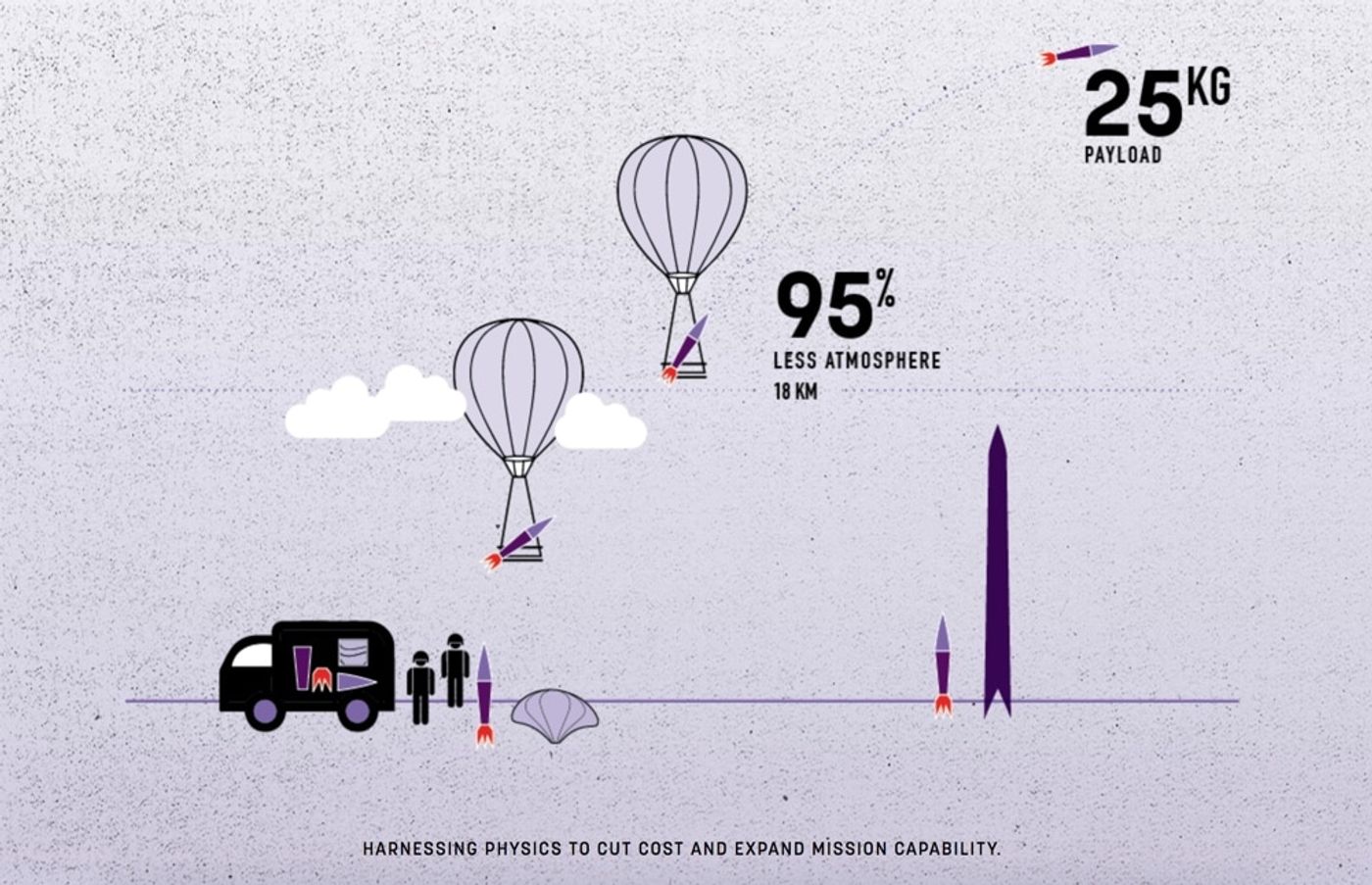Will 'Rockoons' Make Small Satellite Deployment More Accessible?
Launching rockets into space is expensive, and that’s why a bevy of smaller payloads often wait to fly standby. By hitching rides with larger payloads, organizations wanting to send smaller payloads into space can save money while still achieving their objective.
Space agencies and small firms have used this rocket-based carpooling method for ages, but waiting for the perfect launch opportunity in this manner can take a significant amount of time. That said, a new startup called Leo Aerospace aims to take full advantage of this niche.
Image Credit: Leo Aerospace
Citing a recent press release, Leo Aerospace plans to deliver inexpensive, prioritized space travel for organizations that want to send small payloads into space. But given the cost of launching full-sized rockets these days, Leo Aerospace proposes a different approach to realizing this goal: rockoons.
“We’re targeting the microsatellites by saying, ‘You don’t have to ride-share with anyone. We can guarantee you will be our only payload and we will be focused on you,’” explained Drew Sherman, Leo Aerospace’s head of vehicle development.
“‘We will work with you exclusively to get you into orbit. You won’t have to worry about other payloads or getting dropped off in the wrong spot.’”
Related: SpaceX wants to launch Falcon 9 rockets every couple of weeks
A ‘rockoon’ is fundamentally a hybrid of a rocket and a balloon. The launch technique, which first debuted in the 1950’s, comprises of deploying a rocket-bearing balloon high into Earth’s atmosphere and then allowing the rocket to take over after the payload reaches an adequate altitude.
The technique saves a ton of money because it doesn’t involve launching a full-sized rocket with a heavy payload and because the balloon does most of the heavy-lifting. Furthermore, there is considerably less atmospheric drag for the miniature rocket onboard after the payload reaches a particular altitude – 95% less, to be exact. That said, igniting it 11 miles above the Earth's surface requires less fuel.
Leo Aerospace’s vision kills two birds with one stone for organizations wanting to send small payloads into space. For one, it offers access to cheaper space travel for organizations with limited funding. Secondly, it provides more convenient launching timing for organizations that might have time constraints.
It should be interesting to see how Leo Aerospace might reshape the future of space travel and how it might benefit scientific research. Only time will tell.
Source: Leo Aerospace, Perdue University









